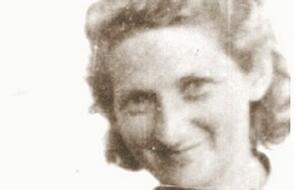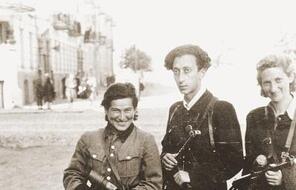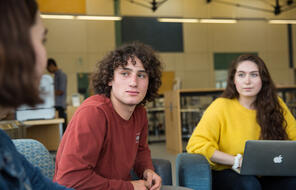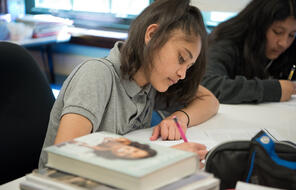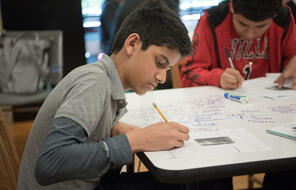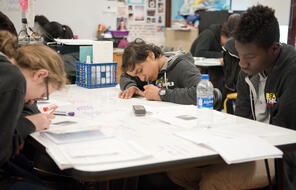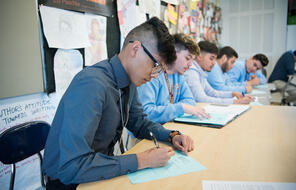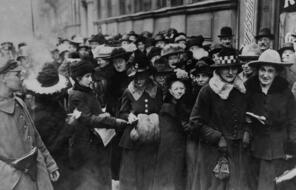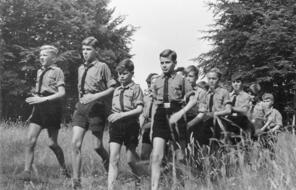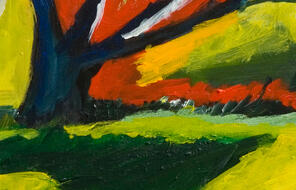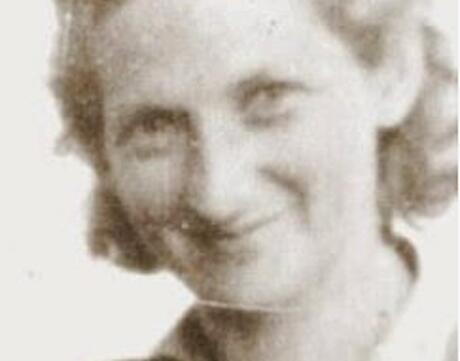
Vitka Kempner: Identity and Resistance
At a Glance
Language
English — USSubject
- History
- Social Studies
Grade
6–12Duration
Two 50-min class periods- The Holocaust
Overview
About this Lesson
Vitka Kempner was 19 years old when she made the choice to resist the Nazis. She had watched the Nazis gather Jews and force them into a monastery, and she heard their screams as they were beaten. She reflects that this was the moment when she decided to run away from home with friends and become a partisan. She fled to the city of Vilna and then moved into the Vilna Ghetto, where she joined other youth to become a founding member of the United Partisan Organization (FPO).
Students will review Vitka Kempner’s personal stories from when she ran away from home to become a partisan until the end of the war. They will investigate what role, if any, age might play in the decision to engage in resistance. Central to Vitka’s identity as a partisan was her understanding of the concept of dignity. For her, her dignity and her choice to resist were deeply connected. Students will also consider Vitka’s choice to commit acts of revenge at the end of the Holocaust. The activities in this lesson require the use of critical analysis, teamwork, methods of comparing and contrasting, and creative thinking.
Activities
Activities
Materials and Downloads
Vitka Kempner: Identity and Resistance
Frank Blaichman: Ethics in a Time of Genocide
Sonia Orbuch: Becoming a Partisan
Unlimited Access to Learning. More Added Every Month.
Facing History & Ourselves is designed for educators who want to help students explore identity, think critically, grow emotionally, act ethically, and participate in civic life. It’s hard work, so we’ve developed some go-to professional learning opportunities to help you along the way.
Exploring ELA Text Selection with Julia Torres
On-Demand

Working for Justice, Equity and Civic Agency in Our Schools: A Conversation with Clint Smith
On-Demand

Centering Student Voices to Build Community and Agency
On-Demand


